 We just passed the Full Worm Moon, which was originally thought to refer to the earthworms that appear as the soil warms in spring. This invites birds to feed—a true sign of spring! We are now going into a waning period of the Moon—from the day after it is full to the day before it is new again. As the moonlight decreases night by night, plants are encouraged to grow roots, tubers, and bulbs. It is still a good time to plant trees, shrubs and perennials. It’s always best to try to transplant and seed-in with the coming rains, which is in the forecast. Click on the links to get growing information and best varieties from Texas A&M Extension and other sources. SEED-IN
TRANSPLANT FRUITING / NUT PLANTS
For more ideas on Ornamentals, Perennials, and Herbs, visit the Central Texas Gardener and The Natural Gardener lists online. Download the Texas A&M Extension Planting Chart and Varieties Chart at AustinOrganicGardners.org.
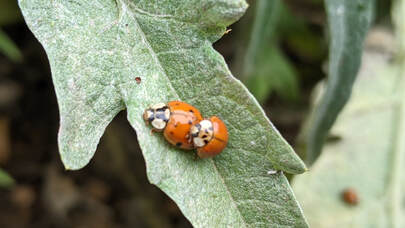 Lady bugs mating on cardoons Lady bugs mating on cardoons The wonderful staff at Zilker Botanical Garden covered our beds with frost covering before the winter storm and most plants bounced right back. The cardoons were mildly damaged by the storm and they are also attracting aphids. We couldn’t help but notice it had turned into a playground for the lady bug beetles, hover-flies, lacewings and other pollinators. They were also all over our bolting cilantro and mustards in our winter cover crop. These beneficial insects are a natural solution to aphids. It's reported that a ladybugs and lacewings will eat some 50 aphids a day. If you're lucky enough to have these insects in your garden, their larvae will eat their weight in aphids each day. Here are a few tips on helping control aphids organically and how to attract beneficial aphid loving insects.
Let us know any tricks and tips you use in the comment section.  Happy Spring Equinox! We were busy packing plant orders for our plant fundraiser so we definitely noticed the surge in plant growth and activity. The length of day and night is approximately equal on this day and our gardens are feeling the balance. We just passed the first quarter and the moon is now in waxing gibbous going into a full moon. Now is also a time to seed-in plants that fruit and seed like beans, corn, cucumbers, melons, and squash. It’s also time for transplants of strawberries, eggplants, tomatillos, tomatoes and peppers. It is still a good time to plant nut and fruit trees including citrus, and berry bushes and grape vines. It’s always best to try to transplant and seed-in with the coming rains. Rain is in the forecast this week!
TRANSPLANT
We hope you were able to pick up some of these transplants from our annual online fundraiser. We had an exciting time growing them this year indoors through the historic winter storm. Please tag us as your plants grow this year! Tell us what you like about the varieties our members grew.
FRUITING / NUT PLANTS
 March 13th to 21st We hope you enjoyed the recent rains and cold front that we hope is the last for Central Texas. Hold off for a couple more weeks before planting citrus or tomatoes. As we are approaching the First Quarter and are in Waxing Crescent, it’s a good time to plant leafy greens and herbs that do well in heat. During the waxing of the moon (the period extending from the day the moon is new to the day it reaches its fullest point), the moon pulls moisture upwards. Seeds do well during this time because moisture is available at the surface of the soil. It’s always best to try to transplant and seed-in with the coming rains. Seed-in or Transplant these warm season greens:
Check out Southern Seed Exposure for the hot weather greens varieties as well as growing.
A lot of herbs were damaged in the snow storm so if yours are not showing any signs of life, here are some warm season herbs that can be transplanted.
Be sure to check out our online plant sale for some of the above plants and herbs. We will be adding more plants early next week. Members will be notified first so if you're not yet a member of the oldest organic gardening club in the US, dues are $10 a year and 100% of it goes to Zilker Botanical Garden.
For more ideas on Ornamentals, Perennials, and Herbs, visit the Central Texas Gardener and The Natural Gardener lists online. Download the Texas A&M Extension Planting Chart and Varieties Chart at AustinOrganicGardners.org.
STEPS:
Sweet potatoes aren't grown from seeds like most vegetables. Sweet potatoes are related to morning glories. Unlike other white potatoes, sweet potatoes are grown from small seedlings, known as slips. You can order sweet potato plant slips from some local garden store like the Natural Gardener, but it’s very simple and much less expensive to sprout your own. This post will break dow two methods, one faster than the other on how to grow your own slips. When to Start Sweet Potato Slips The timing is important if you want to grow large and tasty sweet potatoes. This plant loves warm weather and should be planted when the soil reaches 65 degrees F. (18 C.). The slips take about 4-6 weeks to mature, so you should be starting sweet potato slips indoors about six weeks before your last frost date in the spring. So in Texas, that is beginning of February into March. How to Start a Sweet Potato Slip SOIL METHOD (FASTER): This method usually takes around 4-6 weeks.
After 4 weeks, once several 5-6 inch sprouts have formed, scroll down to see the rest of the directions. SUSPENDING METHOD (SLOWER): The suspending method the sweet potato in water. This method works, but often takes a 6-8 weeks (or more) to produce slips. 1. Simply put toothpicks into the top 1/4 of the sweet potato and suspend in water. The rooting or pointy end should go in the water. Here are a few ways to determine the difference between the rooting end and the sprouting end:
2. You want the bottom, rooting half to be immersed in water and the top, sprouting half above the jar. Roots will form in the water, and sprouts will form in the top part of the potato. Providing warmth, a seedling warming mat or on top of the refrigerator or and heat from a grow light or sunny window will speed up the process. 3. Keep the water level up in the jar and keep water fresh by replacing it every week or so. Within a few weeks, roots will develop first and then sprouts will start to form on the suspended potato. Once several 5-6 inch sprouts have formed, follow the directions below. HOW TO REMOVE SPROUTS
RELATED VIDEOS |
AuthorWrite something about yourself. No need to be fancy, just an overview. Archives
May 2024
Categories |
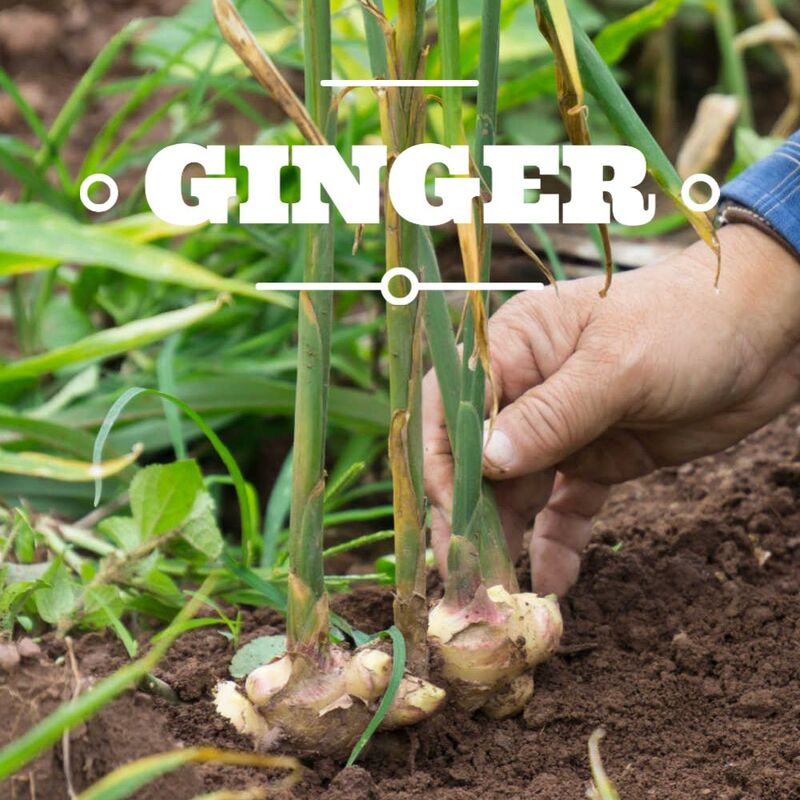




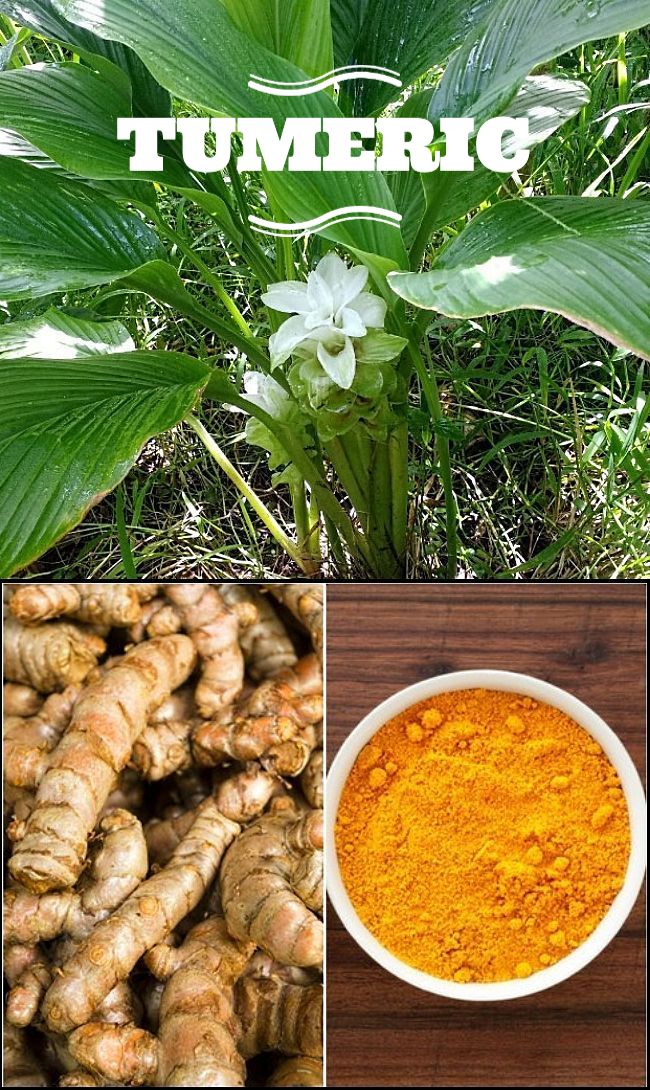
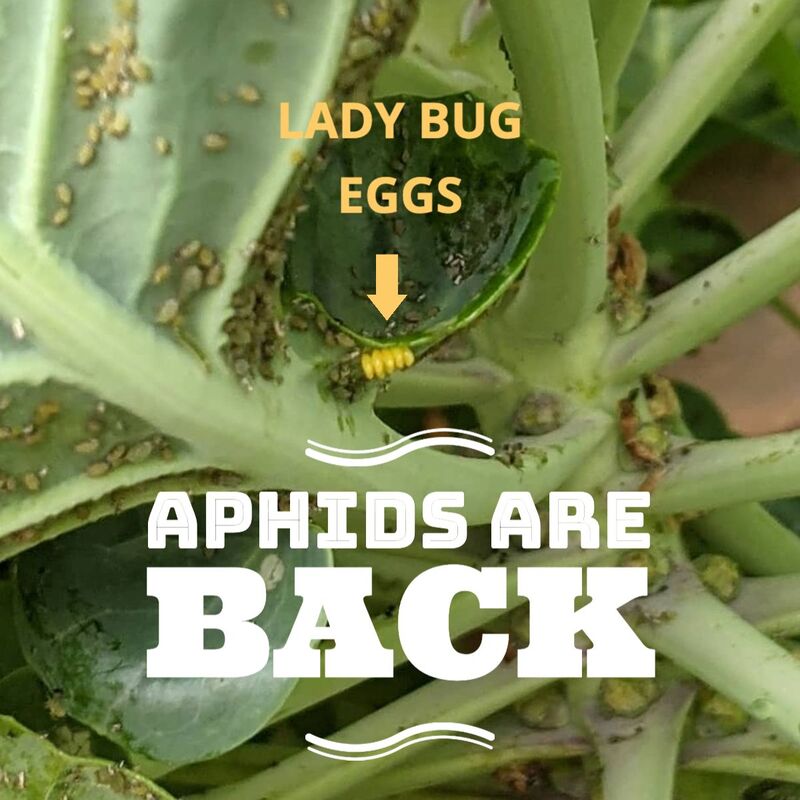
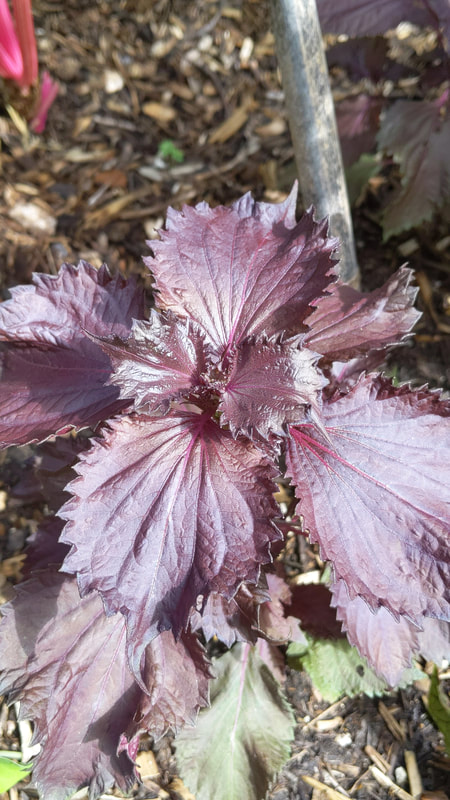
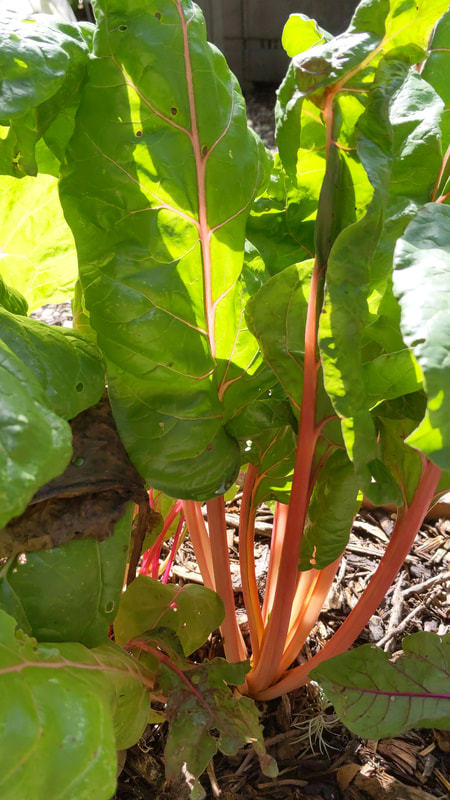
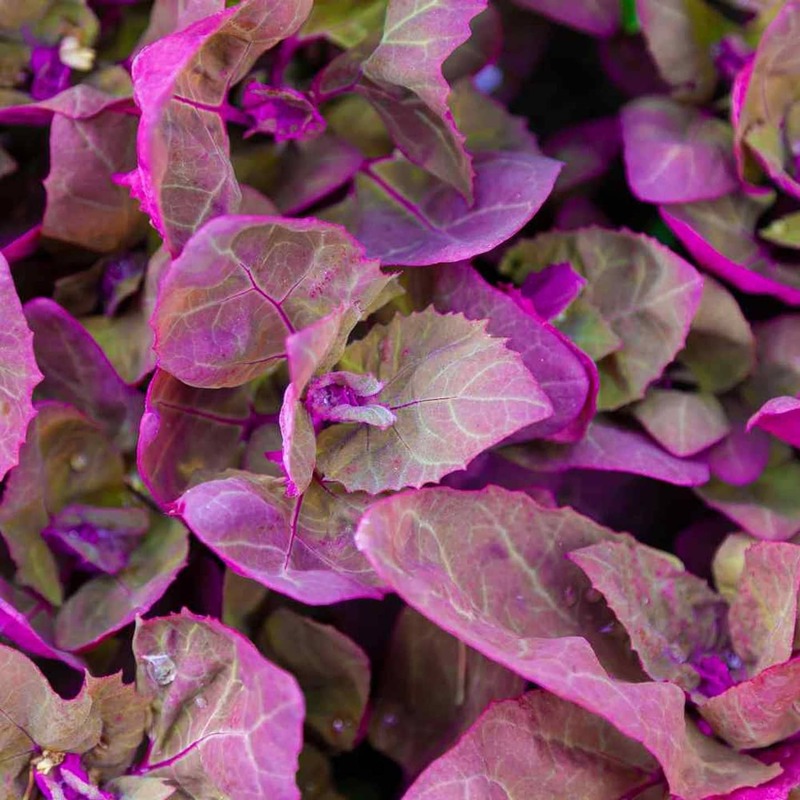
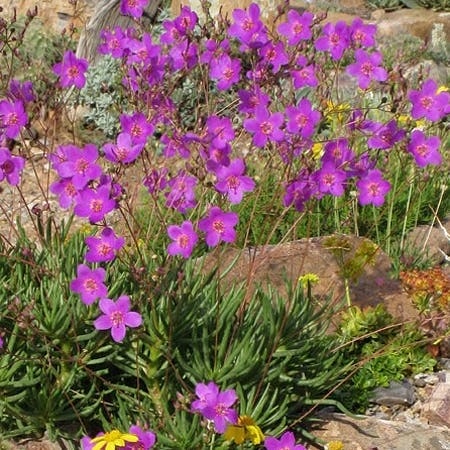
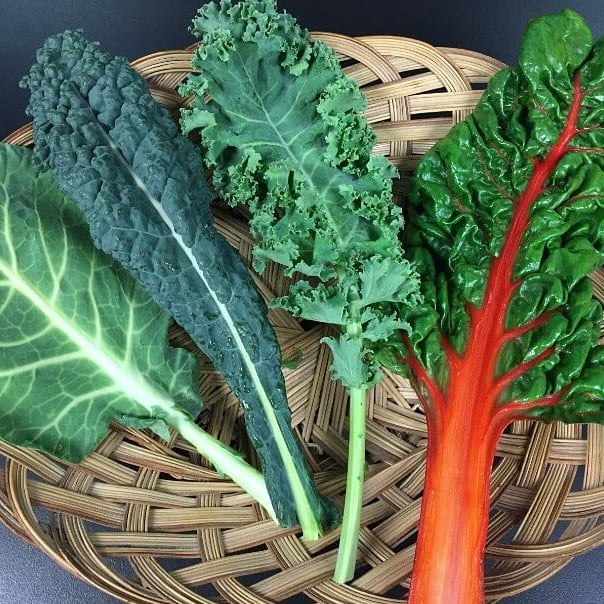
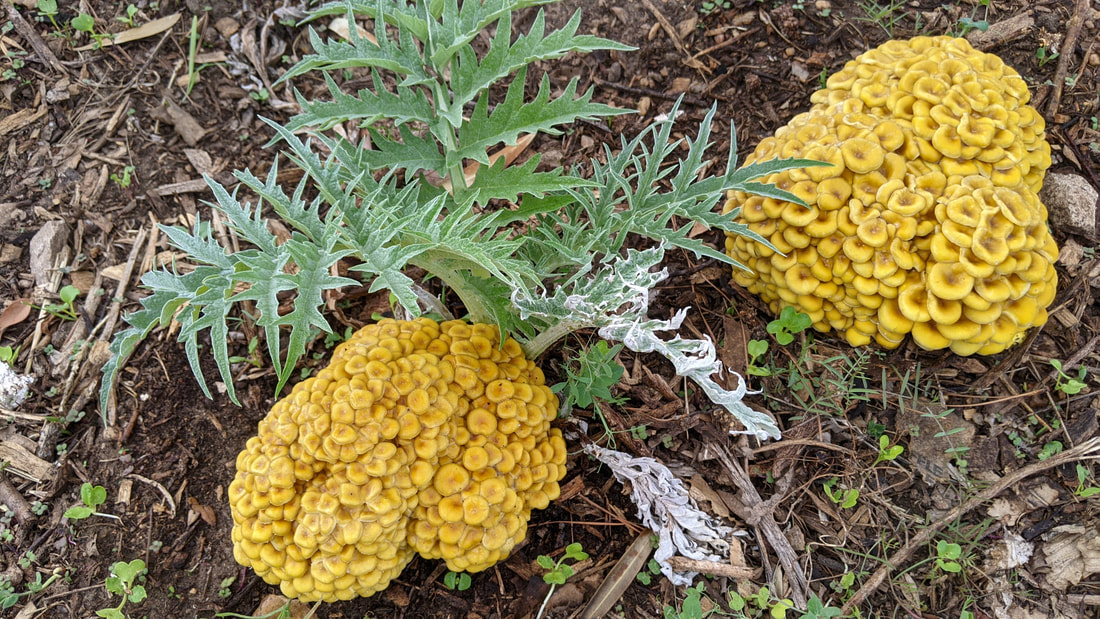
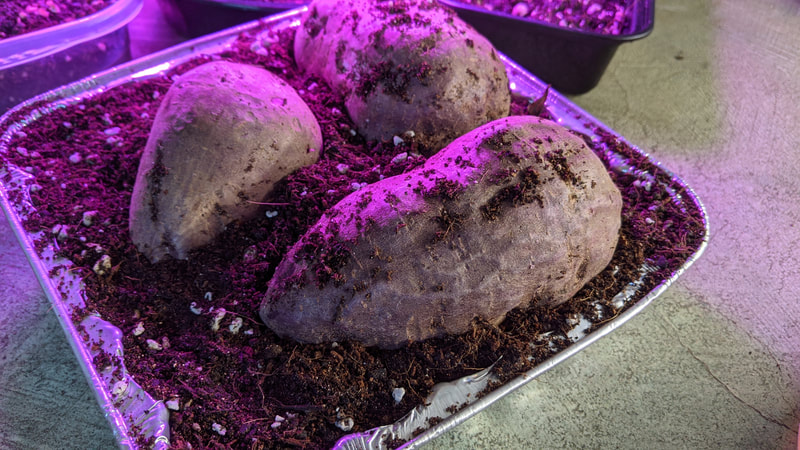
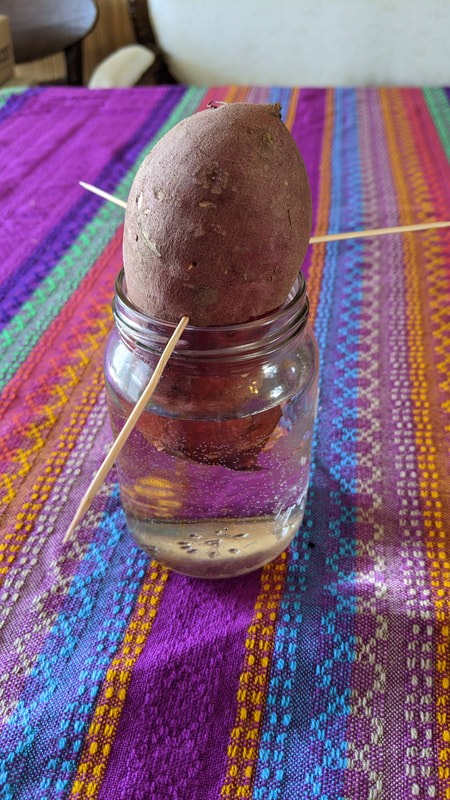
 RSS Feed
RSS Feed